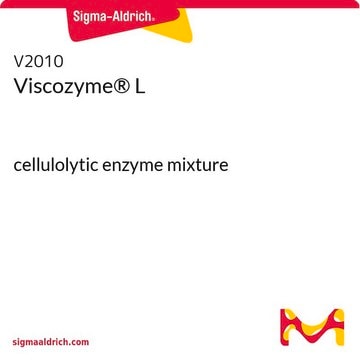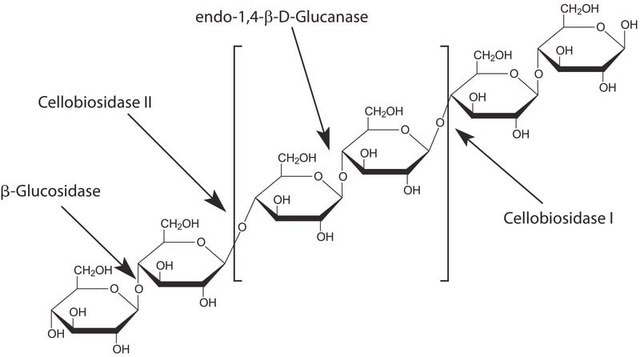C2605
Cellulase from Aspergillus sp.
aqueous solution
Sinónimos:
Carezyme 4500L®, Carezyme®
About This Item
Productos recomendados
formulario
solid
actividad específica
≥1000 units/g
características de los productos alternativos más sostenibles
Waste Prevention
Design for Energy Efficiency
Learn more about the Principles of Green Chemistry.
sustainability
Greener Alternative Product
categoría alternativa más sostenible
temp. de almacenamiento
2-8°C
Categorías relacionadas
Descripción general
Aplicación
Acciones bioquímicas o fisiológicas
Nota de preparación
Otras notas
Información legal
Palabra de señalización
Danger
Frases de peligro
Consejos de prudencia
Clasificaciones de peligro
Resp. Sens. 1
Código de clase de almacenamiento
11 - Combustible Solids
Clase de riesgo para el agua (WGK)
WGK 1
Punto de inflamabilidad (°F)
Not applicable
Punto de inflamabilidad (°C)
Not applicable
Equipo de protección personal
dust mask type N95 (US), Eyeshields, Faceshields, Gloves
Certificados de análisis (COA)
Busque Certificados de análisis (COA) introduciendo el número de lote del producto. Los números de lote se encuentran en la etiqueta del producto después de las palabras «Lot» o «Batch»
¿Ya tiene este producto?
Encuentre la documentación para los productos que ha comprado recientemente en la Biblioteca de documentos.
Los clientes también vieron
Contenido relacionado
Visión general de los métodos de lisis celular y extracción de proteínas: solubilización con detergente, lisis mediante congelación-descongelación, choque osmótico, tratamiento con ultrasonidos, lisis celular enzimática y técnicas de alteración mecánica como la homogeneización con Dounce, Polytron y con mortero y almirez.
Cell lysis and protein extraction methods overview various techniques, from detergent solubilization to mechanical disruption, supporting research needs.
Nuestro equipo de científicos tiene experiencia en todas las áreas de investigación: Ciencias de la vida, Ciencia de los materiales, Síntesis química, Cromatografía, Analítica y muchas otras.
Póngase en contacto con el Servicio técnico









